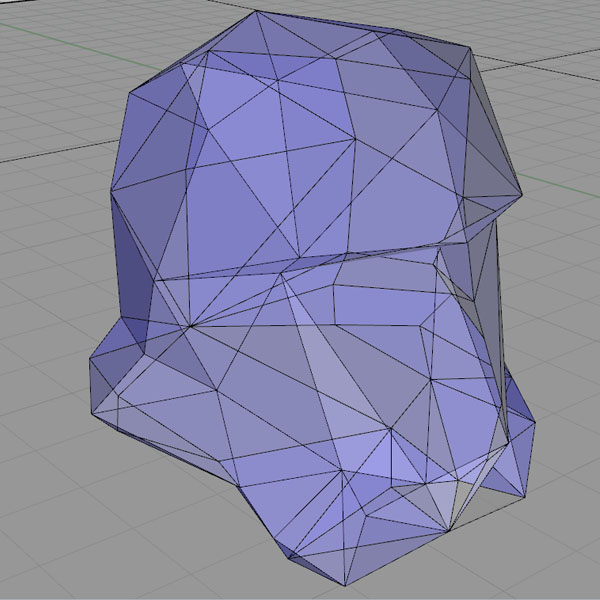What is 3D Scanning?
3D scanning is basically a way to take a three dimensional photograph of an object. A traditional camera will take a single image from one angle and output a flat photograph. 3D scanners can use various technologies to gather information about an object that represents the height, width, and depth (as well as color and texture depending on the quality of the scanner) of an object.
There are many types of 3D scanners commercially available from the high-end options that can cost more than a nice car, to the low cost, DIY 3D scanners created from repurposed Microsoft Kinect sensors. The scanner used can greatly influence the resolution, or detail, of a scan, as well as the ability to overlay color onto an object.
[ctt tweet=”3D scanning is a great tool to use along side 3D printing to create interesting and fascinating prints. via @makersrow” coverup=”fH6qd”]
How Does 3D Scanning Work?
The information collected by a 3D scanner is generally gathered by taking a large number of points in three dimensional space to represent the desired object. This is called a point cloud.

Point cloud of Monmouth Castle in Wales
This point cloud can be manipulated in three dimensional space: zoomed in or out and rotated back and forth which allows you to interact with the 3D scan.
Point clouds are interesting, but there’s really not a whole lot that you can do with one. In order for the scan to be useful, you will want to convert it into a real 3D model. There are many software options to automate this conversion and most generally use the point cloud to convert points into polygons. These polygons are then joined together to form a solid object.

Polygon mesh of a Storm Trooper helmet! This would be considered a very low resolution mesh, and is meant to show how polygons form a three-dimensional surface.
This 3D mesh, if built correctly, can then be used in several applications, including high-quality renderings and graphics as well as 3D printing.
3D Scans and 3D Printing
3D scanning is a great tool to use along side 3D printing. It can provide a lot of time saving opportunities to create interesting and fascinating prints.
Product and Design Development at 3D NYC Lab (images here)
[ctt tweet=”Now with 3D scanning technology, it is a much simpler task to create the perfect fit for a wide variety of prosthesis. via @makersrow” coverup=”Ib1gT”]
- Quite a few people and businesses have been using 3D scanning as a means to create low-cost, highly realistic figurines of people, couples, families, for various use cases. For instance, to place on your desk to remind you of a loved one, to top a cake at a wedding, or even as a gag gift for a friend.
- Another helpful use case is reverse engineering. 3D modeling can be a time consuming process, with highly detailed and complicated objects taking many hours to complete. The 3D scanning process can greatly decrease the time it takes to create a working 3D model and make the cost of creating that model much cheaper. For example, an interior designer or architect might want a 3D model of an existing building. Instead of modelling that from scratch, they could scan the building over the course of a few hours and save quite a bit of time and money in the process.
- 3D scanning is also great for affordable customization. Say you want to get that perfect fit in your pants or a jacket. You can have a 3D scan taken of yourself so that a tailor has perfect measurements of your entire body. More remarkable is the ability for medical professionals to harness this technology. The fitting of prosthesis has always been a difficult process – but now with 3D scanning technology, it is a much simpler task to create the perfect fit for a wide variety of prosthesis using 3D scanning.
3D scanning is a rapidly advancing technology with lower cost options coming onto the market all the time. As the technology advances it will become more practically useful for companies of all kinds. How might 3D scanning benefit you in your work? Let us know in the comments!
